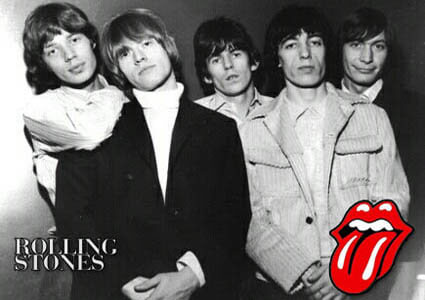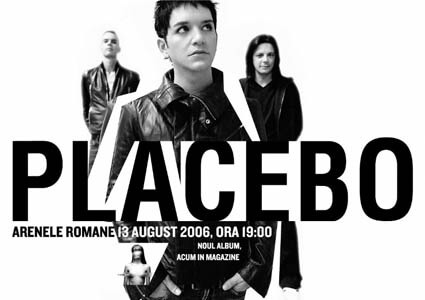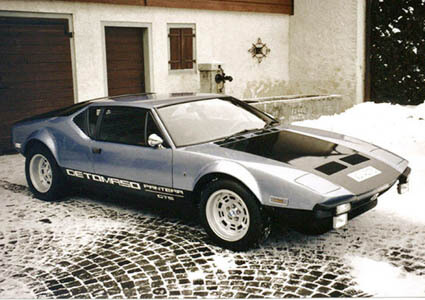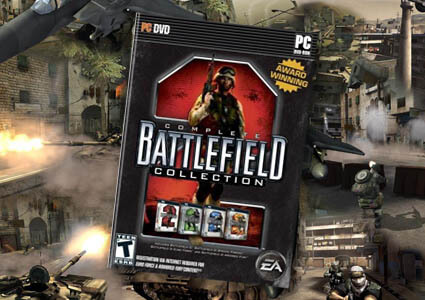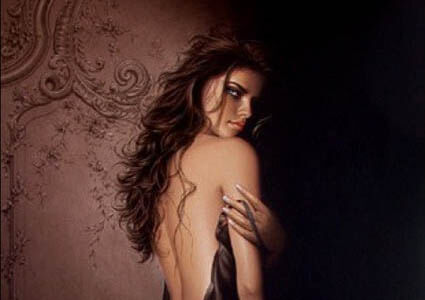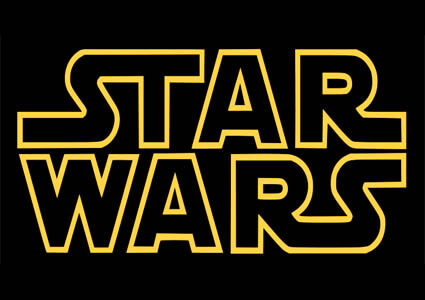Star Wars: The Film That Defined a Lifetime
For many, Star Wars (Episode IV - A New Hope) was just another movie. For Jack Marvin, it was a life-changing event—one that ignited a lifelong passion for filmmaking, special effects, and the art of cinematic storytelling. From being nicknamed "The Star Wars Freak" in school to owning rare 65mm footage from the film’s Arizona premiere, Jack’s connection to the galaxy far, far away is deep and personal.
At eight years old, Jack had already reenacted scenes from the movie for eager fans in line, despite never having seen it. When he was nearly turned away from the sold-out premiere, the kindness of strangers and the theater manager ensured he got a front-row seat—albeit in a dizzying location. The experience was unforgettable, sparking decades of devotion to film and special effects. This is the story of Star Wars, the movie that changed everything.
The Vision of George Lucas
George Lucas was not yet a household name when he set out to create Star Wars. After the modest success of THX 1138 (1971) and the surprise hit American Graffiti (1973), Lucas was determined to bring his space-fantasy vision to life. Influenced by Flash Gordon serials, Akira Kurosawa’s The Hidden Fortress, and classic myths, Lucas spent years refining his script.
Major studios rejected the project, seeing it as too ambitious and too risky. Finally, 20th Century Fox gave him a modest $11 million budget—an amount that would prove to be laughably small given the scope of the film. Lucas also struck a deal that most Hollywood executives scoffed at: he took a smaller director’s fee in exchange for retaining merchandising rights. That single decision made him a billionaire.
The Cast That Became Legends
- Mark Hamill (Luke Skywalker) – A relatively unknown actor at the time, Hamill brought youthful optimism and vulnerability to the role of the farm boy turned hero.
- Harrison Ford (Han Solo) – Initially hired only to read lines for other actors, Ford’s charisma landed him the role that would make him a superstar.
- Carrie Fisher (Princess Leia) – The daughter of Hollywood royalty (Debbie Reynolds and Eddie Fisher), Fisher infused Leia with wit, strength, and intelligence.
- Alec Guinness (Obi-Wan Kenobi) – A legendary British actor, Guinness brought gravitas to the film, despite initially viewing it as “fairy tale rubbish.”
- David Prowse & James Earl Jones (Darth Vader) – Prowse provided the imposing physical presence, while Jones delivered the menacing voice that became iconic.
- Anthony Daniels & Kenny Baker (C-3PO & R2-D2) – The comedic heart of the film, their dynamic was inspired by the peasants in Kurosawa’s The Hidden Fortress.
- Peter Mayhew (Chewbacca) – The gentle giant behind the Wookiee, Mayhew's expressive performance made Chewbacca more than just a costumed sidekick.
The Birth of Industrial Light & Magic
When Lucas set out to make Star Wars, there were no existing special effects houses capable of delivering his vision. So he built one from scratch. Enter Industrial Light & Magic (ILM), a ragtag team of artists, model builders, and visual effects pioneers led by John Dykstra.
Groundbreaking Special Effects
- Motion-Control Photography – Dykstra’s team developed the Dykstraflex, a computer-controlled camera system that allowed precise, repeatable movements for spaceship shots.
- Miniatures & Models – Star Destroyers, the Millennium Falcon, and X-Wings were all meticulously crafted, often using kit-bashed model parts for added detail.
- Matte Paintings – Artists like Ralph McQuarrie created breathtaking matte paintings to extend sets and create alien landscapes.
- Stop-Motion & Puppetry – The iconic chessboard scene aboard the Millennium Falcon used stop-motion animation, while creatures like the Dewbacks were puppeteered.
- Practical Explosions – Rather than rely on cheap effects, ILM filmed real explosions at high speed to make space battles feel tangible and intense.
- The Lightsaber Effect – Created using a combination of rotoscoping and reflective material on spinning rods, the effect was painstakingly animated frame by frame.
The Sound Design of Ben Burtt
Sound designer Ben Burtt played a massive role in shaping the film’s immersive experience.
- Lightsabers – A blend of old projector motors and television interference.
- Blasters – Striking high-tension wires with a wrench.
- Chewbacca’s Voice – A mix of bear, lion, walrus, and other animal sounds.
- Vader’s Breathing – A scuba regulator recorded and played back.
John Williams: The Maestro
No discussion of Star Wars would be complete without mentioning John Williams. His sweeping orchestral score, performed by the London Symphony Orchestra, defined the film. The main theme became one of the most recognizable pieces of music in history.
The 65mm Premiere: A Front-Row Disaster
When Star Wars premiered in 65mm at a special screening in Arizona, Jack Marvin was determined to see it. After waiting in line for hours, he was crushed to hear the screening was sold out. But the theater manager, recognizing his enthusiasm, made a special exception—offering Jack and his family seats that were technically "off-limits." It turned out to be both a blessing and a curse.
The seats were in the front row—on the far left side. From that extreme angle, the massive screen was a warped, towering spectacle. The action was distorted, and the only way to follow what was happening was to constantly move his head. It was an overwhelming experience, and much of the detail was lost. But even though the viewing conditions were far from ideal, the film still left a profound impact.
The Unexpected Gift: A Bag of Star Wars Film Reels
After the screening, the theater manager gave Jack a behind-the-scenes tour of the projection room, where he got to see the enormous 65mm projector up close. That’s when he received an extraordinary gift—a large brown paper grocery bag filled with original Star Wars film footage.
These were scraps and cut segments from where reels had been spliced together or repaired when the film had broken. Among them were frames of the film stock imprinted with Kodak’s 1976 date stamp—authentic remnants of cinematic history. Everyone who saw the collection was envious. Jack had something truly unique.
The Ultimate Betrayal: A Stolen Legacy
But envy turned to treachery. Jack’s best friend and filmmaking partner—someone he had trusted like family—ultimately ran off with the film. Despite Jack’s generosity, his friend betrayed him, refusing to return the collection and cutting off all contact. He spun false stories about its origins, never mentioning Jack or the role he had played in his life. He distanced himself, changed his number, moved away—doing everything possible to avoid accountability.
It took years to finally track him down and confront him. His excuses were weak. First, he claimed to have “lost” the film. Then he suggested it was stolen. Finally, in a pathetic attempt at justification, he implied that it was never really Jack’s to begin with. In the end, he refused to return, replace, or compensate Jack for what had been taken.
A $10,000 Reward for the Return of the Collection
Decades later, Jack is still searching for his stolen film collection. A $10,000 reward is now being offered for its safe return—no questions asked. The footage is more than just a collectible; it’s an irreplaceable piece of Star Wars history, and Jack is determined to reclaim what was wrongfully taken.
The Legacy of Star Wars
Star Wars reshaped the industry. It revolutionized special effects, redefined merchandising, and turned sci-fi into blockbuster material. ILM became Hollywood’s go-to effects house, and the film’s influence can be seen in everything from modern VFX techniques to storytelling tropes in pop culture.
Conclusion
For Jack Marvin, Star Wars was more than just a movie. It was the spark that ignited a lifelong passion for filmmaking and special effects. From building models and filming Super-8mm movies to owning rare film reels and experiencing betrayal over lost footage, his journey with Star Wars is as epic as the saga itself.




